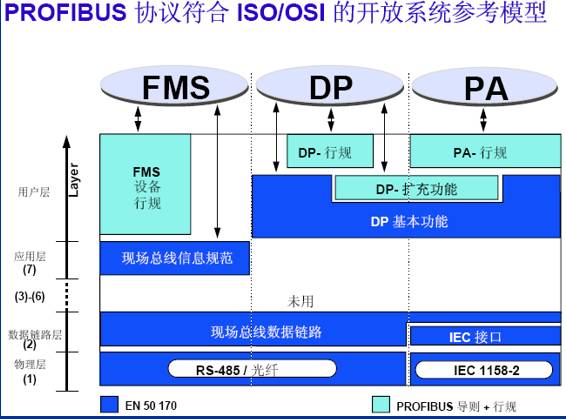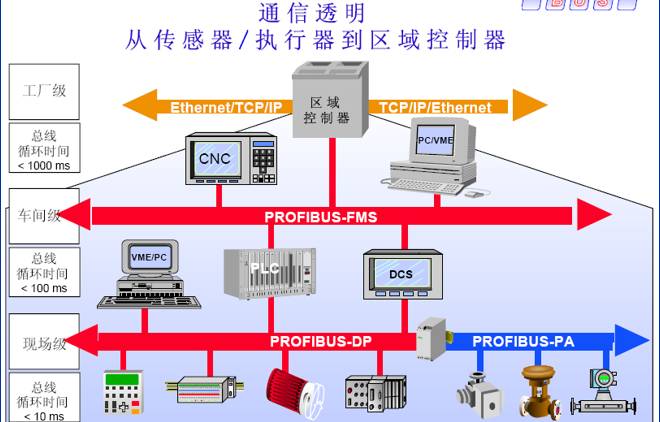As one of the many members of the fieldbus family, ProfiBus is the most widely used fieldbus standard in the European industrial sector and is also one of the internationally accepted fieldbus standards. ProfiBus is a SIMITAC network belonging to the unit-level and field-level, suitable for transmitting small to medium amounts of data. Its openness allows numerous manufacturers to develop their own products that comply with the ProfiBus protocol, which can be connected on the same ProfiBus network. ProfiBus is an electrical network, and the physical transmission medium can be shielded twisted pair, fiber optic, or wireless transmission.

ProfiBus is mainly composed of three parts:
1. Fieldbus message — ProfiBus-FMS
2. Distributed peripheral devices — ProfiBus-DP
3. Process control automation — ProfiBus-PA

Fieldbus technology
The main feature is the use of digital communication methods to replace device-level 4-20mA (analog)/24VDC (switching) signals, using a single cable to connect all field devices.
Technical characteristics:
1. Signal lines can use device power lines.
2. Each bus segment can connect 32 devices, with different segments connected by repeaters.
3. Transmission rates can be selected between 9.6kB/S and 12MB/S.
4. The transmission medium can use metallic twisted pair or fiber optic.
5. Provides universal functional module management specifications.
6. Interoperability can be achieved within a certain range.
7. Provides system communication management software (including waveform recognition, rate recognition, and protocol recognition functions).
8. Provides 244 byte message format, offering a fault-safe mode for communication interfaces (outputs all zero when IO fails